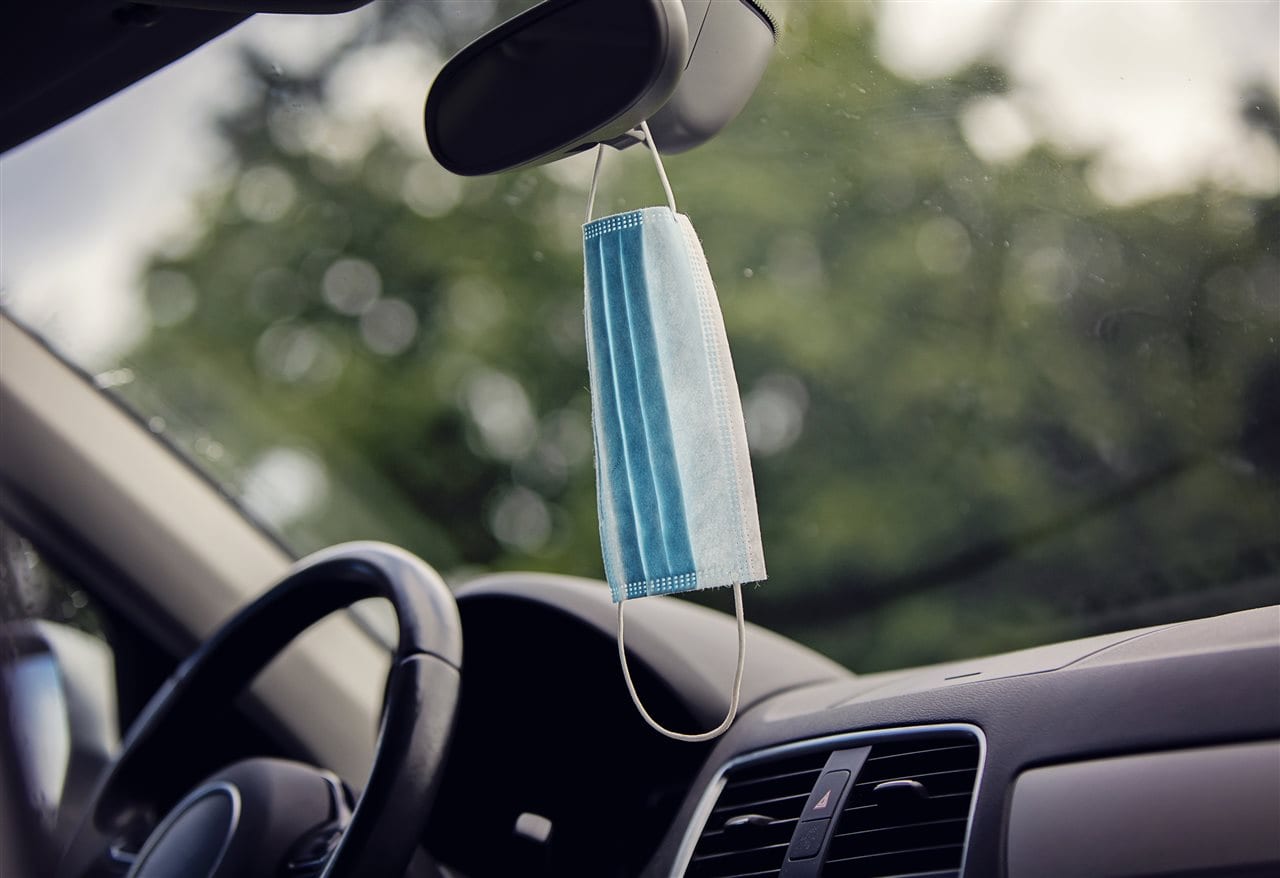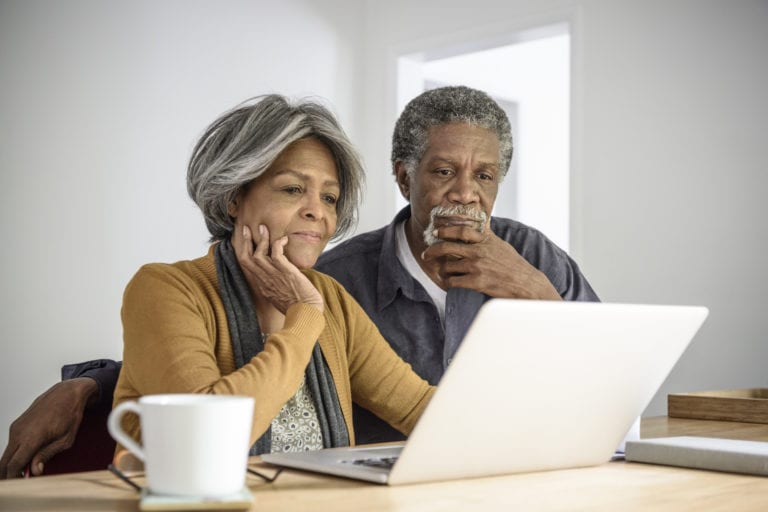by d-mars.com News Provider
It is an indisputable fact that the COVID-19 pandemic changed a lot about Americans’ daily lives, including relationships with vehicles.
While Hankook Tire’s latest Gauge Index found that 60% of Americans are driving every day, as opposed to only 19% in April 2020, many habits behind the wheel have shifted in light of the pandemic, too.
1) Americans are spending less money at the gas pump.
The COVID-19 pandemic quickly closed many regular driving destinations, including office buildings, schools, restaurants and retail, which in turn gave drivers fewer places to go. While the amount of driving expected over the next few months is still uncertain, the positive impact on wallets is still there: 70% of Americans say that they have spent less money on gas since the start of the pandemic.
And when they do need to fill up the tank, drivers are strategic about it. Since the pandemic, over three-fourths (77%) make a plan to get gas while running errands to limit their time out of the house.
2) There are designated errand runs — and designated runners.
Americans are also strategic with how and when they leave the house for essentials. Many are not comfortable making a quick run to the store to pick up something they forgot for dinner. Nearly two-thirds (64%) say they now save all their errands for one day or do curbside orders to limit potential exposure to the virus. Another half (53%) have a designated errand runner, so only one person must leave the house.
3) Rush hour is less rushed.
With more Americans continuing to work from home and students taking classes online, rush hour is proving less intense. Nearly two-thirds (63%) of drivers recognize that normal traffic patterns have shifted since the start of 2020. Another 65% confirm there is less traffic on their regular routes — though that largely depends on where you live. Hankook found that drivers in the Northeast saw the most significant impact on their regular traffic flow, where 71% of drivers say their daily routes have fewer cars on the road.
4) Comfort levels are shifting gears.
As a result of the pandemic, 75% of Americans are not comfortable using public transportation. However, confidence behind the wheel is down, too — just over a third (36%) say they are less confident driving since the start of the pandemic, perhaps because they aren’t doing so as often. Interestingly enough, men are almost twice as likely to say they’re less confident behind the wheel as women … 44% vs. 28%.
Additionally, people are careful about who they drive with. Two-thirds (66%) are not comfortable getting into a car that belongs to someone outside their household. Another two-thirds (63%) are not comfortable having passengers from outside their household in their own vehicle
5) Face masks are the new sunglasses.
2020 has not just changed when and where people use their cars, it is also changing what they keep in them. Most Americans (81%) keep a face mask in their car, the Gauge found. More than half (55%) have a designated spot for it in their vehicles — be it in the glove compartment, center console, rearview mirror or the gear shift. And 72% say they have hand sanitizer in their vehicle, too.
Which of these trends will stick around and which are more temporary reactions to a tumultuous year remains to be seen. However, one thing is for certain: The COVID-19 pandemic significantly impacted how Americans view, use and depend on their vehicles.
Source: BPT








